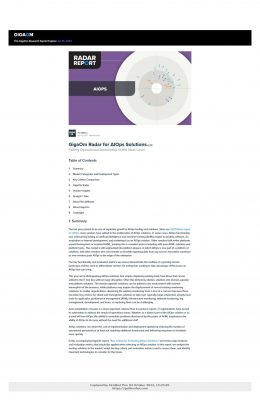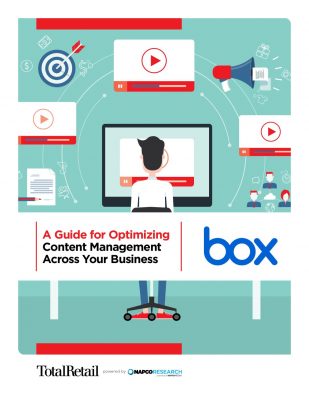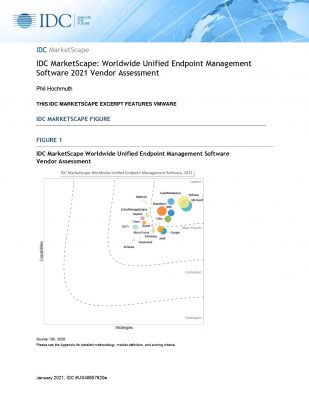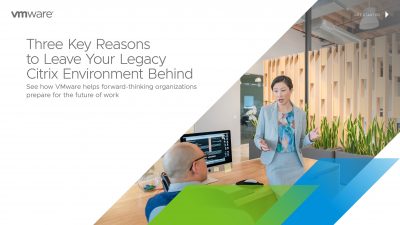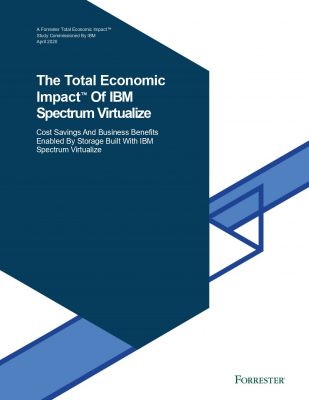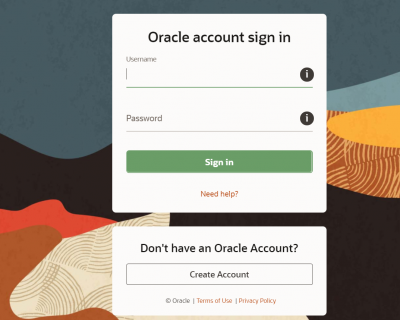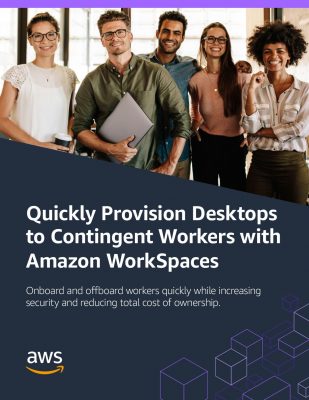Most of the IT enterprises are facing a myriad of IT challenges that includes keeping up with business growth and evolving scenarios in a dynamic environment. Enterprises are seeing a need to improve the agility to keep pace with fast-changing business needs with every employee, business partners, and customers are demanding more responsive service and more sophisticated applications. Business leaders that are dealing with growing demand and new requirements for IT infrastructure are becoming larger and more complex with every passing second, putting more pressure on your IT organizations. Virtualization addresses most of the technology problems wherein the infrastructure is forcing the IT teams to channel 70 percent of their budget into maintenance and developing innovative resources for business-building innovation. The difficulty in innovation stems from the facts that most of the organizations are using the X86 computers, that are designed to completely run on a single operating system and application at a time. It means that even the small data centers will need to deploy sperate small servers and the capacity that is not fully utilized, it’s estimated that around 12 percent of the capacity of the server is utilized in each case. That makes the complete infrastructure inefficient by any standard; virtualization software solves problems by enabling multiple operating systems and applications to run on one single physical server or host. The efficient utilization of resources makes virtualization a solution for enterprises. With the ease in scaling and development, let’s see how virtualization work.
Virtualization works with virtual machines, a tightly isolated software container with an operating system and application inside. Each virtual machine is completely different and independent; many of them run separately on a single server. A layer of hypervisor decouples each of the virtual machines from the host, as it allocates computing resources to each virtual machine as needed. The architecture redefines computing environment and delivers the solution.
1. Many applications on each server
Since each virtual machine encapsulates an entire machine, you can run various type of applications, and the operating system on one physical server at the same time.
2. Maximum Server Utilization and minimum server count
Every machine should be used to complete capacity, allowing the enterprises to significantly reduce the costs by deploying fewer servers overall.
3. Simpler application and resource supply
VMs are self-contained software files that can be manipulated with each technique of copy and paste. It brings the required simplicity, speed and flexibility to the IT provisioning and management.
VMs ease the process of development and infrastructure scenarios with simplicity, speed, and flexibility to IT provisioning and management. You can even transfer running VMs from the physical server to another a process acted as live migration. One of the major benefits with virtualization is to have business-critical applications that can improve the performance, scalability, and reliability along with reducing the cost of the resources.
Deliver business benefits for IT leaders
Business benefits over the years have become simply more complicated that need to deal with a simpler, smarter and more agile technology platform that is all set to support important business priorities. Migrating to virtualized infrastructure delivers immediate results for the return on investment.
1. Reduced complexity
Adopting the virtualized infrastructure can assist the enterprises to significantly reduce the complexity of an enterprise environment. To simplify operations and maintenance, virtualization enables us to move away from the operating system, siloed infrastructure components towards pooled infrastructure that can be managed with a holistic approach. It creates the foundation for more efficient IT management, improved security and an improved ability to focus on business priorities.
2. Simplifying Management
Managing servers in a physical IT environment is time-consuming, 9 out of 10 IT department spend at least half of their time doing the routine administrative tasks such as adding and managing new servers workloads, launching new application for the suited environment, adding new employees and managing the current. Virtualization tools today include various intelligent automation capabilities. The underlying need for management at each stage is eliminated, with a reduction in manually performing routine maintenance and troubleshooting for multiple physical machines. Most enterprises that have implemented the virtualization over the years have reported productivity with 73 percent seeing a significant reduction on tie being spent on routine admin tasks.
3. Robust security solution
Due to the isolated nature of virtual servers, every websites and application stored in the virtual machine is more protected with virtual security. Protecting the data stored to be more adaptive and away from malware, the attacks are confined to certain regions as they migrate from host to host. In the virtual environment, security can be delivered as efficient, software defined-decoupled from physical devices, aggregated and applied precisely where needed without hardware upgrades.
4. Business continuity
Keeping the business operation up and running all the times is one of the biggest challenges that enterprises face today, with remote locations that can keep data on tap. Resources contained business operations up and running at all times that can affect business success and failure. Overall 49 percent of businesses that suffer a disaster such as a cyber-attack isn’t able to acknowledge the solution.
Conclusion
Business critical applications are the imperative requirements when it comes to any business. An effective solution will enable the businesses of all sizes to run all the critical applications on the most advanced platform. Previously most of the enterprises were skeptical about virtualizing these applications because of perceived risks in other areas, such as performance, security or making the change. The business applications have traditionally relied on physical solutions to ensure the severity level as the highest priority and availability. For most of the enterprises, IT tools lack the required aggregation and analyze the performance data quickly enough to take steps and reduce the downtime of the infrastructure. It assists the organization that will enable more proactive identification and remediation of emerging performance and capacity issues.
To know more, you can download our recent whitepapers on virtualization.
